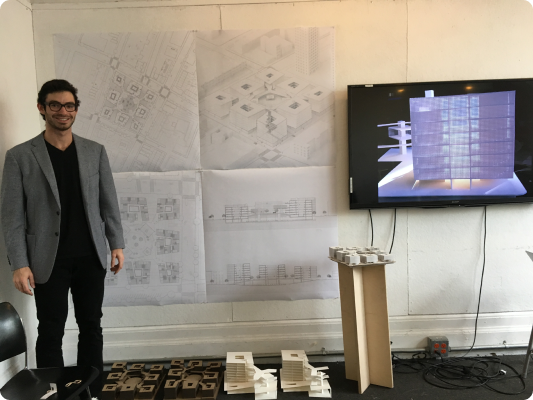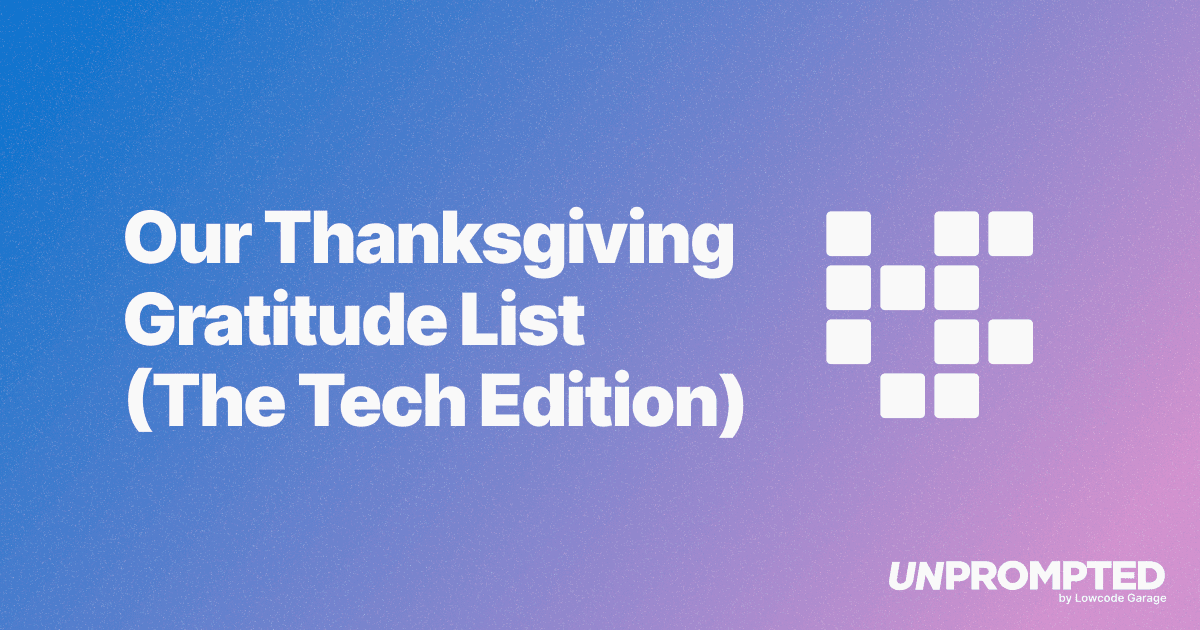9 Ways AI Will Transform Design
Why architects and interior designers are about to move 10x faster
Russell spent years in architecture before diving into AI and automation, and has seen both worlds evolve—often painfully slowly. But something's shifting.
The design industry is built on a foundation of beautiful inefficiency. Late nights redrawing plans line by line. Endless email chains with contractors. Hours spent hunting through project files for that one detail that worked perfectly three years ago.

We've accepted this as "that's just how design works." But AI is about to change everything—not by replacing designers, but by eliminating the friction that slows them down.
9 Ways AI Will Transform Design (Finally)
1. Project Coordination Will Actually Work
Home renovations take years because they involve coordinating architects, contractors, suppliers, and clients across dozens of moving pieces. AI can orchestrate these workflows in real-time—tracking dependencies, flagging conflicts, and keeping everyone aligned without the usual chaos of missed emails and scheduling nightmares.
2. Design Exploration Goes From Hours to Minutes
Instead of spending all night drawing plan variations in CAD, you'll generate dozens of concepts and options in minutes, then focus your expertise on the nuanced details that make designs extraordinary. More time for the art, less time for the grunt work.
3. Material Libraries That Build Themselves
Forget manually cataloging every material, vendor, and project reference. Snap a photo of that perfect tile installation, and AI can automatically catalog it with material specs, supplier info, cost data, and project context. Your material library becomes a living, searchable database that grows with every project.
4. Contextual Search That Actually Finds Things
"Remember that glass corner detail from the Johnson project that the contractor loved?" Instead of digging through file servers for hours, AI will surface the exact detail, complete with specifications and contractor notes in seconds. Your institutional knowledge can become instantly accessible. We're working on systems like this for design firms—reach out if you want to see how it works in practice.
5. Site Visits Become Real-Time Documentation
No more frantically scribbling notes while walking through with contractors, then spending hours organizing photos and creating markups. AI-powered tools will capture, transcribe, and organize everything in real-time. You'll finish the site visit with marked-up photos, action items, and follow-up packages ready to send—all while the conversation is still fresh.
6. Spec Sheets Write Themselves
Those 40-page specification documents that take weeks to compile? AI can generate them automatically based on your design selections, pulling current pricing, availability, and installation requirements from live vendor databases. No more version control nightmares or outdated product info.
7. Client Communication Gets Smarter
Instead of endless back-and-forth emails trying to explain design concepts, AI can generate visual mockups, material mood boards, and even virtual walkthroughs based on simple text descriptions. Clients see their vision instantly, not after three rounds of revisions.
8. Budget Tracking Becomes Proactive
AI can monitor project costs in real-time, flagging potential overruns before they happen and suggesting alternatives that maintain design intent while staying on budget. No more surprise cost revelations halfway through construction.
9. Building Codes and Compliance Go Autopilot
AI can automatically check designs against local building codes, zoning requirements, and accessibility standards—catching issues before they become expensive change orders. What used to require weeks of manual review now happens in minutes.
The Bottom Line
Just because architecture school taught you to stay up all night drafting doesn't mean future designers should suffer the same inefficiencies.
The best designers will be the ones who embrace tools that eliminate friction—so they can focus on what humans do best: creating spaces that people love.
Frequently Asked Questions
Continue Reading

AI Is a Tool, Not a Strategy
Henry Kravis reminds us that AI is a productivity tool, not a strategy. Strong management, cultural fit, and operational fundamentals still determine whether businesses succeed or fail.

Four AI Conversation Starters (To Avoid Holiday Small Talk)
Four timely AI conversation starters covering federal vs state AI regulation, Opus 4.5 capabilities, physical AI in construction, and Michael Burry's bet against Nvidia—perfect for surviving holiday small talk.

Our Thanksgiving Gratitude List (The Tech Edition)
Discover the AI tools transforming how we build products at Lowcode Garage. From publishing content with Claude Desktop to building prototypes in weeks instead of quarters, here's our Thanksgiving gratitude list for the tech that makes it all possible.